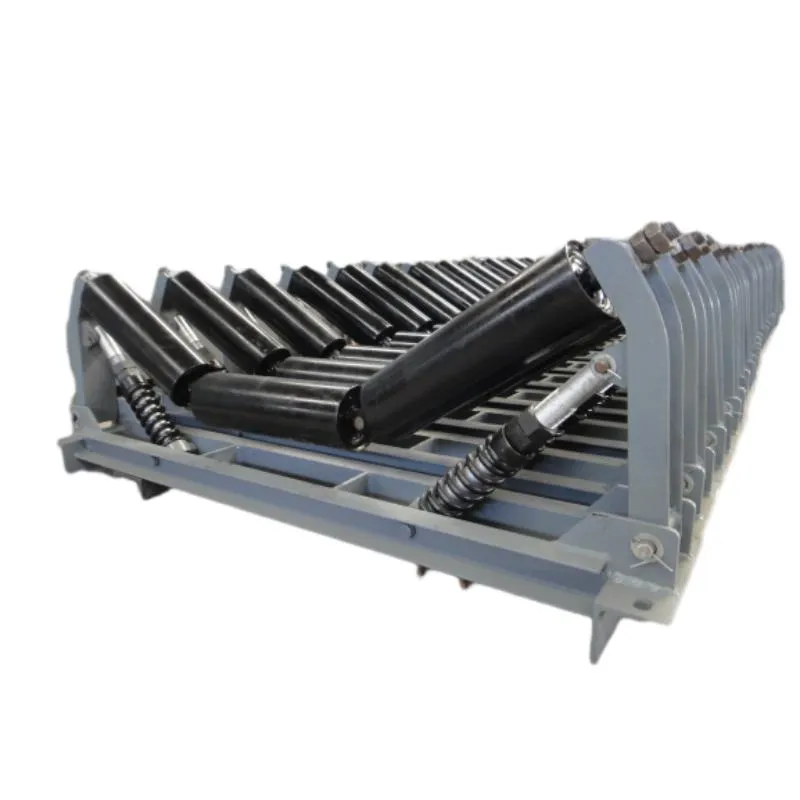 Afrikaans
Afrikaans  Albanian
Albanian  Amharic
Amharic  Arabic
Arabic  Armenian
Armenian  Azerbaijani
Azerbaijani  Basque
Basque  Belarusian
Belarusian  Bengali
Bengali  Bosnian
Bosnian  Bulgarian
Bulgarian  Catalan
Catalan  Cebuano
Cebuano  Corsican
Corsican  Croatian
Croatian  Czech
Czech  Danish
Danish  Dutch
Dutch  English
English  Esperanto
Esperanto  Estonian
Estonian  Finnish
Finnish  French
French  Frisian
Frisian  Galician
Galician  Georgian
Georgian  German
German  Greek
Greek  Gujarati
Gujarati  Haitian Creole
Haitian Creole  hausa
hausa  hawaiian
hawaiian  Hebrew
Hebrew  Hindi
Hindi  Miao
Miao  Hungarian
Hungarian  Icelandic
Icelandic  igbo
igbo  Indonesian
Indonesian  irish
irish  Italian
Italian  Japanese
Japanese  Javanese
Javanese  Kannada
Kannada  kazakh
kazakh  Khmer
Khmer  Rwandese
Rwandese  Korean
Korean  Kurdish
Kurdish  Kyrgyz
Kyrgyz  Lao
Lao  Latin
Latin  Latvian
Latvian  Lithuanian
Lithuanian  Luxembourgish
Luxembourgish  Macedonian
Macedonian  Malgashi
Malgashi  Malay
Malay  Malayalam
Malayalam  Maltese
Maltese  Maori
Maori  Marathi
Marathi  Mongolian
Mongolian  Myanmar
Myanmar  Nepali
Nepali  Norwegian
Norwegian  Norwegian
Norwegian  Occitan
Occitan  Pashto
Pashto  Persian
Persian  Polish
Polish  Portuguese
Portuguese  Punjabi
Punjabi  Romanian
Romanian  Russian
Russian  Samoan
Samoan  Scottish Gaelic
Scottish Gaelic  Serbian
Serbian  Sesotho
Sesotho  Shona
Shona  Sindhi
Sindhi  Sinhala
Sinhala  Slovak
Slovak  Slovenian
Slovenian  Somali
Somali  Spanish
Spanish  Sundanese
Sundanese  Swahili
Swahili  Swedish
Swedish  Tagalog
Tagalog  Tajik
Tajik  Tamil
Tamil  Tatar
Tatar  Telugu
Telugu  Thai
Thai  Turkish
Turkish  Turkmen
Turkmen  Ukrainian
Ukrainian  Urdu
Urdu  Uighur
Uighur  Uzbek
Uzbek  Vietnamese
Vietnamese  Welsh
Welsh  Bantu
Bantu  Yiddish
Yiddish  Yoruba
Yoruba  Zulu
Zulu types of conveyor belt pulleys
Understanding the Types of Conveyor Belt Pulleys
Conveyor systems are integral components of modern industrial operations, facilitating efficient movement of materials across various sectors, including manufacturing, warehousing, and logistics. A pivotal element of these conveyor systems is the conveyor belt pulley, which plays a critical role in driving the belt, adjusting its tension, and redirecting its path. This article explores the various types of conveyor belt pulleys, their functions, and applications.
1. Drive Pulleys
Drive pulleys, also known as motorized pulleys, are responsible for providing the necessary power to move the conveyor belt. These pulleys are typically located at the head or tail of the conveyor system, and they work in conjunction with an electric motor. When the motor is engaged, it turns the drive pulley, which in turn moves the belt forward. Drive pulleys can be designed to suit different operational needs, with variations in size, material, and surface treatment to enhance traction and durability.
2. Idler Pulleys
Idler pulleys are crucial for supporting the belt during its operation, ensuring it remains in the correct track. These pulleys do not drive the belt but help maintain tension and alignment, preventing the belt from sagging or veering off course. Idler pulleys can be formed in various styles, including flat, crowned, and tapered, to accommodate different conveyor layouts and belt types. Their strategic placement throughout the conveyor system helps distribute the load evenly, reducing wear and tear on the belt.
Take-up pulleys are specifically designed to maintain the tension of the conveyor belt. Proper tension is crucial to prevent slippage and to ensure smooth operation. There are different methods of tensioning, including manual and automatic take-up systems. The take-up pulley is typically located at the tail end of the conveyor, and it compensates for belt stretch and wear over time. By adjusting the position of the take-up pulley, operators can easily manage the tension, thereby extending the life of the conveyor system.
types of conveyor belt pulleys

4. Return Pulleys
Return pulleys, located underneath the conveyor belt, serve to support the belt as it returns from the discharge point back to the loading area. These pulleys help maintain the belt's structure and alignment throughout its return journey. Return pulleys can be designed with various features, including guide rolls that assist in keeping the belt centered, thus preventing damage caused by misalignment.
5. Snub Pulleys
Snub pulleys, while not as commonly discussed as other types, play a vital role in altering the angle of the conveyor belt and increasing the friction between the belt and the drive pulley. By effectively changing the direction of the belt and enhancing its grip on the drive pulley, snub pulleys assist in improving overall efficiency, especially in situations where there is a risk of slippage.
6. Wing Pulleys
Wing pulleys are designed with a unique structure featuring a series of wings or fins extending outward. These wings serve a dual purpose they provide a cleaner surface by shedding material buildup and they enhance the traction between the pulley and the belt. Wing pulleys are particularly useful in high-friction applications where material can easily accumulate, such as in the transportation of aggregates or bulk materials.
Conclusion
In summary, conveyor belt pulleys are essential components that ensure the efficient operation of conveyor systems in various industries. From drive pulleys that provide power to idler and take-up pulleys that maintain belt tension, each type serves a distinct function that contributes to the overall effectiveness and reliability of material handling. Understanding the different types of pulleys and their roles can help industry professionals select the appropriate components for their conveyor systems, ultimately leading to enhanced productivity and reduced operational costs. As technology continues to evolve, innovations in pulley design will likely enhance the performance and longevity of conveyor systems even further.
-
Revolutionizing Conveyor Reliability with Advanced Rubber Lagging PulleysNewsJul.22,2025
-
Powering Precision and Durability with Expert Manufacturers of Conveyor ComponentsNewsJul.22,2025
-
Optimizing Conveyor Systems with Advanced Conveyor AccessoriesNewsJul.22,2025
-
Maximize Conveyor Efficiency with Quality Conveyor Idler PulleysNewsJul.22,2025
-
Future-Proof Your Conveyor System with High-Performance Polyurethane RollerNewsJul.22,2025
-
Driving Efficiency Forward with Quality Idlers and RollersNewsJul.22,2025





























